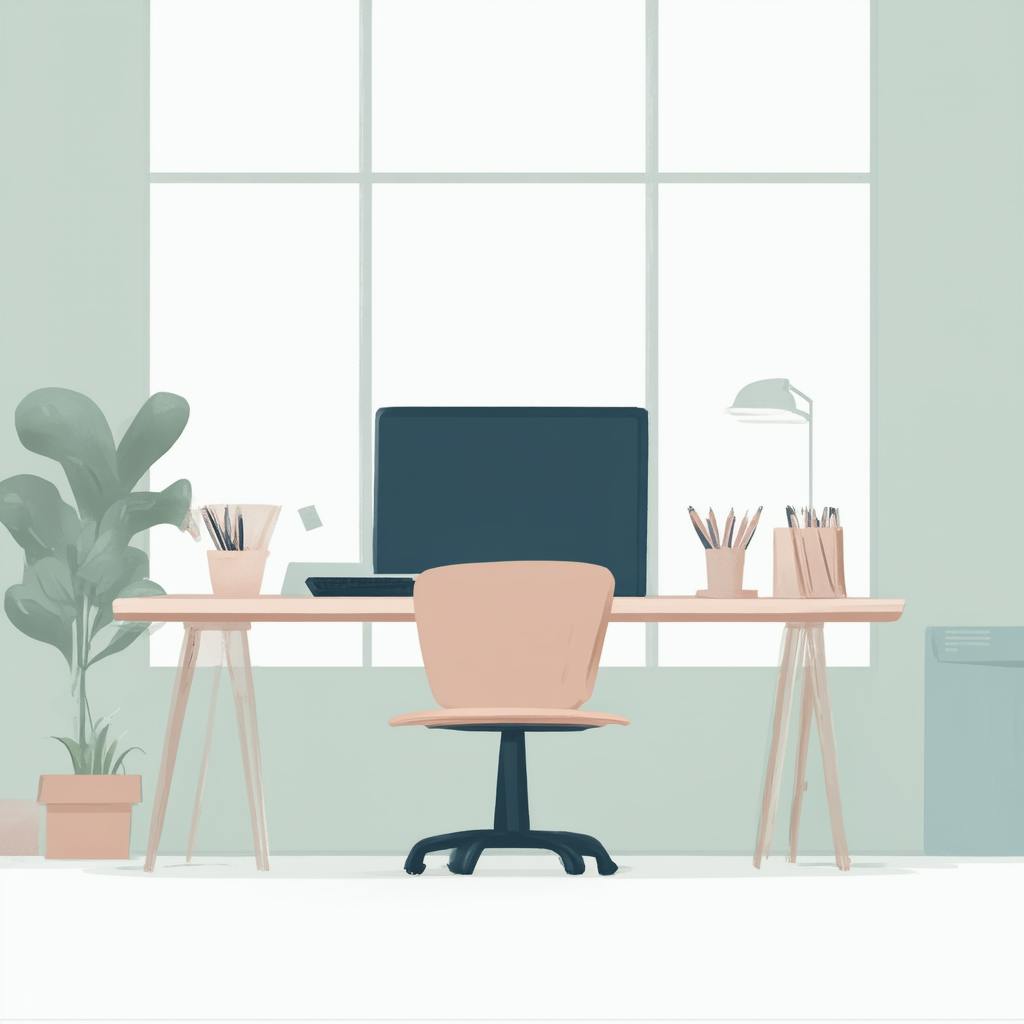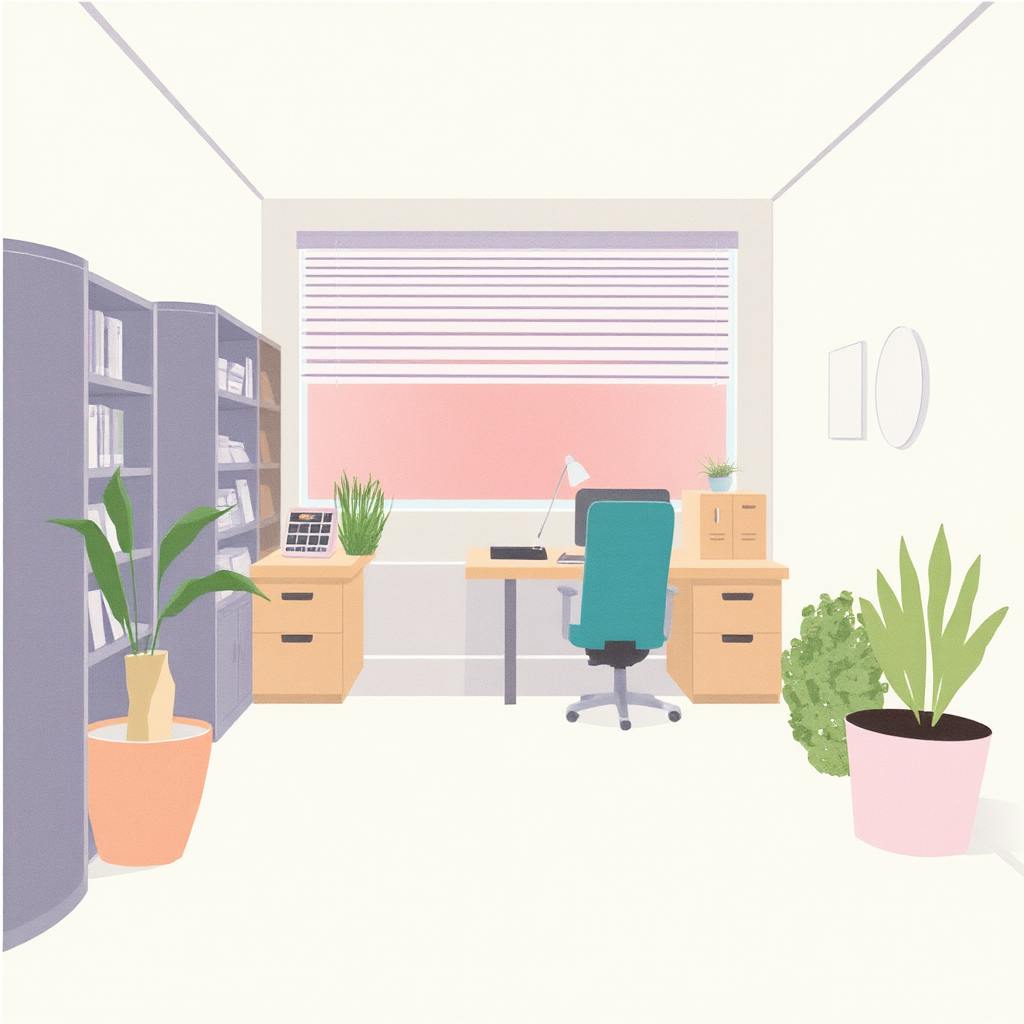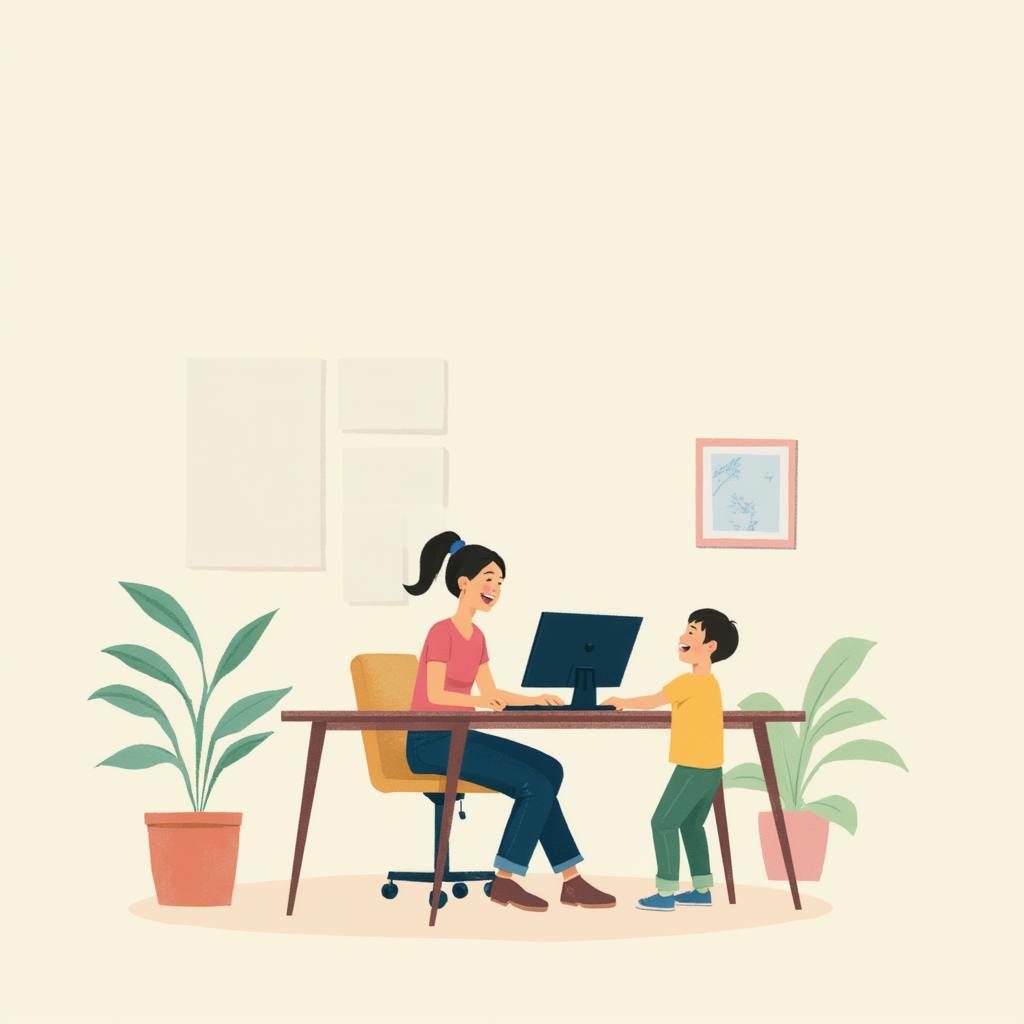Workplace design plays a pivotal role in fostering productivity, enhancing creativity, and ensuring employee well-being. As companies increasingly recognize the importance of an optimized office environment, the demand for effective office layout design, workspace architecture, and interior design for offices continues to grow. This article aims to provide informed insights and practical tips to help create an outstanding office space that stands the test of time.
Understand Your Needs
The foundation of any successful workplace design begins with a comprehensive understanding of your company's specific needs and culture. Consider the nature of the work performed, the number of employees, and any specific requirements that might arise. Engaging with all stakeholders, from management to staff, ensures that the space supports a collaborative and productivity-enhancing environment.
Embrace Flexibility and Adaptability
In today's dynamic corporate landscape, a flexible workspace is more important than ever. Opt for modular furniture and adaptable spaces that can be easily reconfigured to meet changing needs. Implementing a strategy that supports both open-plan areas and enclosed spaces will cater to employees with different work preferences, thus maximizing office space optimization.
Prioritize Workplace Aesthetics
The visual appeal of your office can significantly impact employee morale and productivity. Pay attention to workplace aesthetics by choosing a color palette that resonates with your brand identity and promotes positivity. Incorporate natural elements such as plants to enhance air quality and create a more relaxed and inviting atmosphere.
Optimize Space Through Smart Layout Design
Office space optimization is crucial for creating an efficient working environment. When planning your office layout design, ensure that there is a logical flow between different areas. This involves strategically placing frequently accessed zones such as meeting rooms, break areas, and common workspaces to reduce unnecessary foot traffic and interruptions.

AI made with Dean Jones
Integrate Technology Thoughtfully
As technology continues to evolve, integrating the latest advancements into workspace architecture is essential. Provide sufficient charging points, ensure robust Wi-Fi connectivity, and consider incorporating smart technology solutions. This not only improves efficiency but also empowers employees to work seamlessly both onsite and remotely.
Focus on Health and Well-being
A workplace design that emphasizes health and well-being can drastically improve employee satisfaction and productivity. Introduce ergonomic furniture, provide ample natural light, and design spaces that encourage movement to support physical health. Incorporating quiet zones or wellness areas can also help reduce stress and improve mental well-being.
Frequently Asked Questions
How can workplace design impact productivity?
A well-thought-out workplace design can boost productivity by creating an environment tailored to employees' needs, reducing distractions, and ensuring that resources and amenities are readily accessible.
Why is flexibility important in workplace design?
Flexibility allows a workspace to adapt to changing business needs, supports diverse working styles, and fosters a dynamic corporate culture where innovation thrives.
How do aesthetics contribute to an effective workplace?
Aesthetics enhance the overall atmosphere and can positively influence employee moods, encourage creativity, and reflect the company's values and culture through compelling design choices.
What role does technology play in modern office spaces?
Technology streamlines operations, facilitates communication, and accommodates remote work, all of which are integral to the modern office environment.
By applying these strategies, businesses can create a workspace that not only meets the demands of their operations but also aligns with the holistic well-being of their employees. Effective workplace design integrates form and function, seamlessly blending aesthetics with practicality to foster an environment where both organizations and individuals thrive.
Recommended Internal link: https://www.laetro.com/creative-skills/brand-designer
FAQ: Workplace Design
What are the top tips for successful workplace design?
- Understand Your Needs: Before diving into designing your office space, conduct a needs assessment. Understand what your employees require, what type of work is being carried out, and how the space can accommodate future growth and changes.
- Prioritize Flexibility and Adaptability: Incorporate flexible workspaces that can adapt to different needs. This may include movable walls, modular furniture, and multipurpose areas that can easily transform from a meeting room to a casual breakout area.
- Foster Collaboration and Communication: Design spaces that encourage interaction and idea-sharing among employees. Use open-plan areas as well as breakout zones and informal meeting spaces.
- Incorporate Technology: Integrate the latest technology seamlessly into the office environment. Ensure that Wi-Fi coverage is strong throughout and provide ample access to power outlets and charging stations.
- Prioritize Ergonomics: Choose ergonomic furniture to promote comfort and prevent health issues. Adjustable desks, supportive chairs, and monitor stands can significantly improve employee well-being.
- Leverage Natural Light: Design the layout to maximize the use of natural light. This can boost mood, enhance productivity, and reduce energy costs.
- Include Green Elements: Incorporate plants and greenery which can improve air quality, reduce stress levels, and contribute to a more pleasant and productive atmosphere.
- Ensure Adequate Acoustics: Use materials and design techniques that minimize noise pollution, allowing employees to concentrate better and reducing stress levels.
- Reflect Company Culture: Design the space to reflect your brand and company culture. This can foster a sense of belonging and motivate employees.
- Plan for Future Growth: Design the office with future needs in mind, allowing for scalability and adaptability as the company evolves.
How does effective workplace design improve productivity?
- Enhanced Comfort and Health: Ergonomic furniture and a well-designed environment reduce physical strain and potential injuries, equating to less downtime and higher productivity.
- Improved Focus and Efficiency: A layout that minimizes distractions and noise helps employees maintain concentration and work efficiently.
- Boosted Morale and Engagement: A well-thought-out workspace that meets employee needs shows consideration for their well-being, leading to higher morale and engagement levels.
- Facilitated Collaboration and Innovation: Spaces designed to foster interaction encourage teamwork and the sharing of ideas, which can drive innovation and problem-solving.
- Optimized Workflow: Tailoring the workspace to match the workflow ensures that teams can operate more effectively, reducing unnecessary time and effort spent on logistical challenges.

AI made with Dean Jones
What are some common mistakes in workplace design and how can they be avoided?
- Ignoring Employee Input: One of the biggest mistakes is not consulting employees during the design process. To avoid this, involve staff in discussions and decisions to ensure their needs and preferences are met.
- Overcrowded or Underutilized Spaces: Poor space planning leads to either cramped or wasted areas. Conduct a thorough analysis of space requirements and include multipurpose areas to maximize usage.
- Neglecting Acoustics: A design that amplifies noise can be detrimental to focus and productivity. Use partitions, soundproofing, and strategic placement of noise-generating equipment to control acoustics.
- Unbalanced Open Plan Layouts: While open plans can encourage collaboration, they may also increase distractions. Include quiet zones and private areas to balance privacy needs with openness.
- Overlooking Future Needs: Failing to plan for growth or technological advancements can make a design quickly obsolete. Incorporate scalable design elements that can evolve with the organization.
- Poor Lighting: Insufficient or harsh lighting can lead to eye strain and decreased productivity. Use a combination of natural and artificial lighting to create a comfortable visual environment.
What elements are essential in an effective workplace design?
- Functional Layout: A floor plan that supports the organization’s workflow and employee work habits.
- Ergonomic Furniture: Furniture that supports posture and reduces strain, enhancing comfort and productivity.
- Flexible Spaces: Areas that can be easily reconfigured to meet changing needs, from collaborative to private work.
- Technology Integration: Seamlessly incorporated technology that supports communication and operations.
- Quality Lighting: A mix of natural and high-quality artificial lighting to enhance visibility and reduce strain.
- Acoustic Control: Solutions such as soundproofing materials and strategic layouts to manage noise levels.
- Brand and Culture Representation: Design elements that reflect the company’s values and brand identity, boosting employee pride and alignment.
- Sustainability Features: Use of sustainable materials and energy-efficient systems to promote environmental responsibility and cost savings.
By thoughtfully addressing these aspects, you can create a workspace that not only meets current needs but also adapts and thrives over time.

